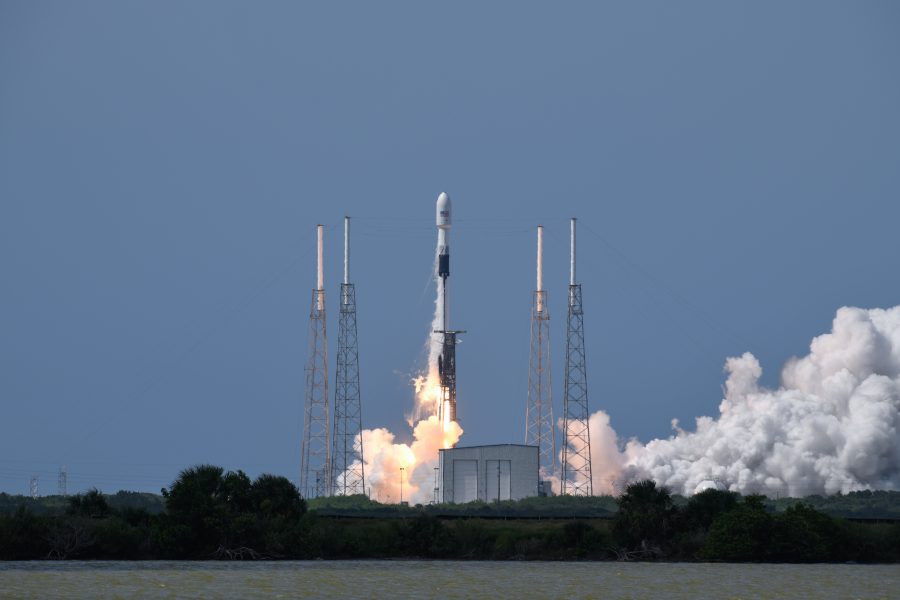Lockheed Martin’s fourth GPS III satellite is scheduled to head to space on a SpaceX rocket Sept. 29, marking the navigation system’s second launch so far this year.
“It’ll be awesome to have four GPS III satellites on orbit. It’s a good start to the Space Force’s effort to modernize the space portion of the entire Global Positioning System,” Tonya Ladwig, acting vice president for space navigation systems at Lockheed Martin, said on a Sept. 25 call with reporters. “GPS III provides three times greater accuracy, and up to eight times improved anti-jamming power over satellites in existing constellations.”
Those more-advanced satellites will comprise more than 12 percent of the GPS constellation once the fourth system is up and running. This satellite is the 23rd equipped with M-Code upgrades that protect against signal jamming, one short of the 24 needed for global coverage, Ladwig said.
It is slated to become operational in mid-October, following post-launch tests and transfer to the Space Force personnel who oversee the constellation.
The next six GPS III satellites in the pipeline are in various stages of fabrication and approval. Lockheed could also build up to 22 additional satellites that offer greater capabilities as part of a follow-on program.
As part of the launch, SpaceX will recover its Falcon 9 rocket booster on a drone ship in the Atlantic Ocean—the second time it has done so for a GPS mission.
SpaceX will begin reusing Falcon 9 boosters starting with the fifth GPS III launch, marking an important shift in rocket technology that aims to drive down the military’s cost of reaching orbit as space needs grow.
“I am proud of our partnership with SpaceX that allowed us to successfully negotiate contract modifications for the upcoming GPS III missions that will save taxpayers $52.7 million while maintaining our unprecedented record of success,” Walt Lauderdale, the Space Force Space and Missile Systems Center’s Falcon Systems and Operations Division chief, said in a Sept. 25 release.
The launch range at Cape Canaveral Air Force Station, Fla., is gearing up for a busy few days, with a National Reconnaissance Office mission slated for Sept. 27, a SpaceX Starlink satellite launch set for Sept. 28, and the GPS III liftoff on the 29th. The Eastern Range is trying to streamline its processes to allow for a steady stream of launches and minimize turnover time on its launch pads.
Brig. Gen. Douglas A. Scheiss, head of the 45th Space Wing at neighboring Patrick Air Force Base, Fla., told reporters the installations have started allowing up to half of the workforce to return to their offices amid the coronavirus pandemic. That has not caused a spike in COVID-19 cases, he said.
“For launch day, we continue to do the same things, … which is face coverings, temperature checks before you go into certain ops centers,” he said. “We’ve been able to spread folks out to be able to keep that distancing. … While it’s been inconvenient, and maybe a little bit different, we’ve been able to keep the manifest going.”
